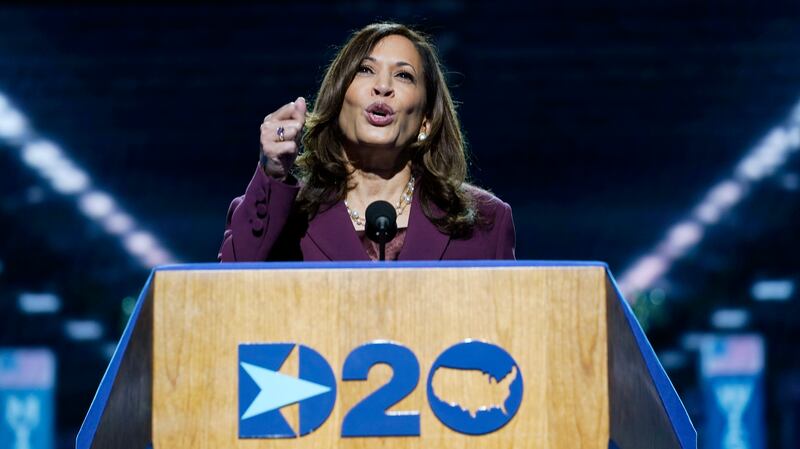In selecting Kamala Harris as his running mate, Joe Biden undoubtedly weighed most heavily two considerations: her preparation and capacity to serve as president should that necessity arise; and their compatibility to work together successfully as a team. What’s different with this choice is that the Democratic VP pick comes from the West — for the first time in the past 23 presidential elections.
The idea of the president and vice president working together as a team is a relatively recent phenomenon. Lyndon Johnson was the first vice president to physically have an office on the White House end of Pennsylvania Avenue. Harry Truman only personally met with Franklin Roosevelt twice during the 83 days they served together before Roosevelt’s death on April 12, 1945. Now, the offices of the president and the vice president are a few steps away from one another in the West Wing. The vice presidency has been transformed into something far more consequential than was first envisioned by the framers of the Constitution.
Much was once made of geographic considerations in selecting a running mate, but the last time when geography was arguably decisive was in the extraordinarily close 1960 election when John F. Kennedy’s selection of Lyndon Johnson helped enable him to flip Texas into the Democratic column.
Nonetheless, geography does reveal some interesting patterns, even if it is rarely crucial in determining who will win the election.
The early U.S. presidential candidates were obviously from the Eastern part of the country. An appropriate time period to examine geography is during the so-called modern presidency dating from the election of Franklin Roosevelt in 1932. Since 1932, we have had seven Republican and seven Democratic presidents. What is striking, however, is where the party candidates for president and vice president have come from during the past 23 presidential elections.
During those 23 elections, the Republican presidential nominee came from the Eastern or Central time zones 15 times; eight times, the Republican Party selected a nominee from the Mountain or Pacific time zones — Herbert Hoover, Richard Nixon (3 times), Barry Goldwater, Ronald Reagan (twice) and John McCain.
During those 23 elections, the Democratic Party nominee always came from the Eastern or Central time zones. In its history, the Democratic Party has never nominated a presidential candidate from the Mountain or Pacific time zones.
Until now, a similar story existed with respect to vice presidential nominees. During the 23 presidential elections starting in 1932, the Republican VP nominee came from the Eastern or Central times zones on 16 occasions.
On seven occasions the Republican VP nominee came from the Mountain or Pacific times zones. In 1940, Charles McNary had represented Oregon in the U.S. Senate for four terms; in 1948, Earl Warren was governor of California in 1952 and 1956, Richard Nixon was a senator from California; in 2000 and 2004, Dick Cheney was from Wyoming and had represented that state in the U.S. House of Representatives; in 2008, Sarah Palin was serving as the governor of Alaska.
In the 23 presidential elections since 1932, the Democratic VP nominee, until now, had always come from the Eastern or Central time zones. Four times they came from Texas, three times from Tennessee and Minnesota, and twice from Delaware. All 12 of these nominees had represented their states in the U.S. Senate. Ten nominees came from other Eastern or Central time zone states — Maine, Connecticut, New York (Geraldine Ferraro the only other female nominee), Maryland, Virginia, North Carolina, Alabama, Kentucky, Iowa and Missouri.
States in the Mountain and Pacific time zones have not abandoned the Democratic Party — California has voted for the Democratic presidential nominee in the last seven elections, Oregon and Washington in the last eight. Now Joe Biden has done something unique, in addition to choosing a Black and Asian woman as his running mate. He has also selected the first Democrat on a national presidential ticket from the Mountain or Pacific time zones.
Roger B. Porter, IBM Professor of Business and Government at Harvard University, served as the assistant to the president for economic and domestic policy from 1989-1993.

